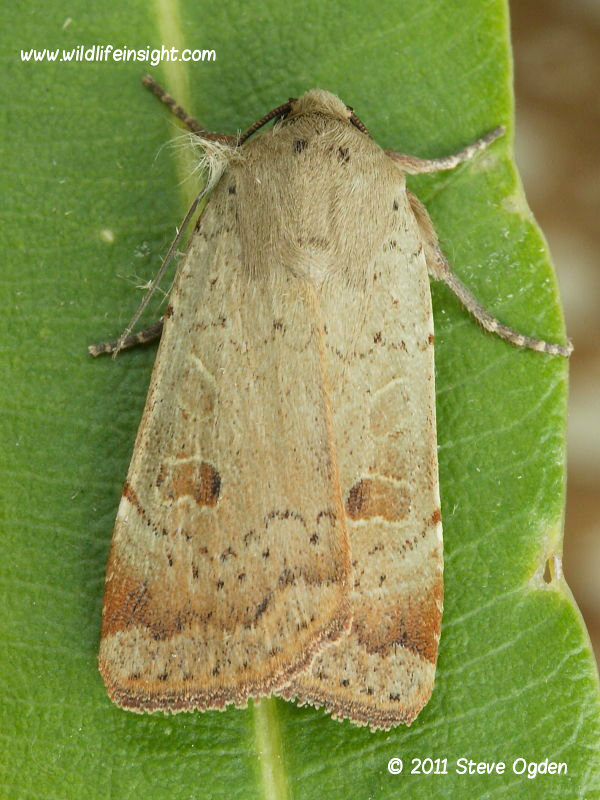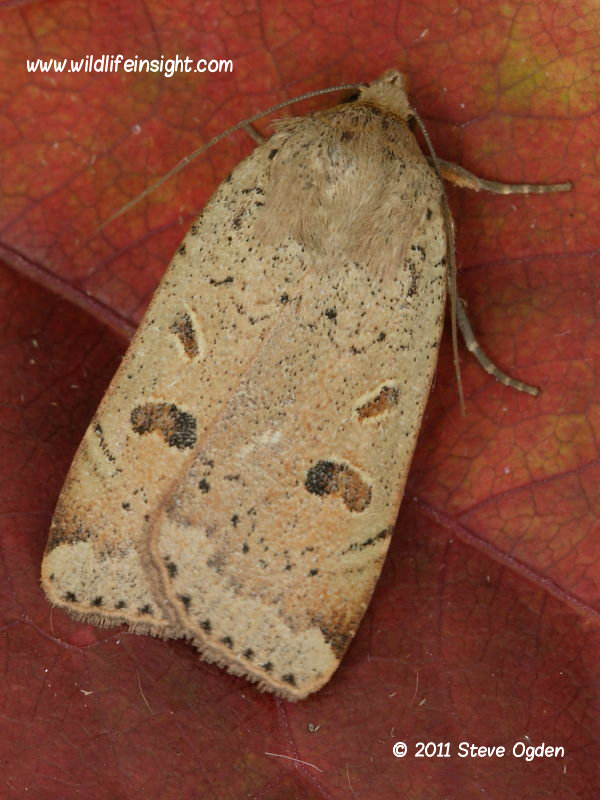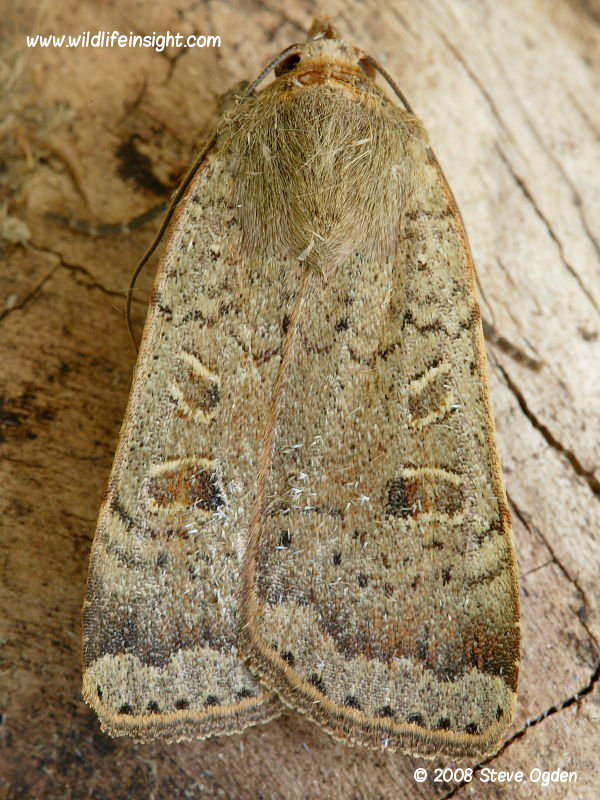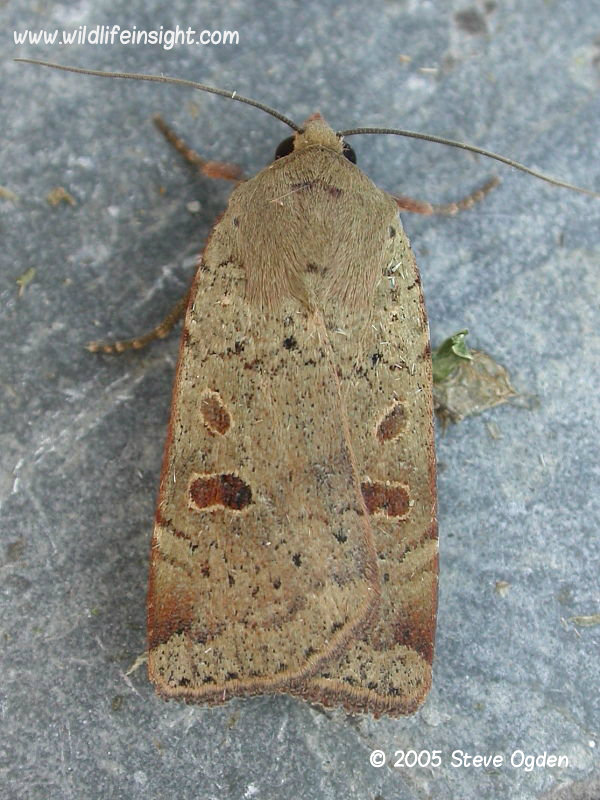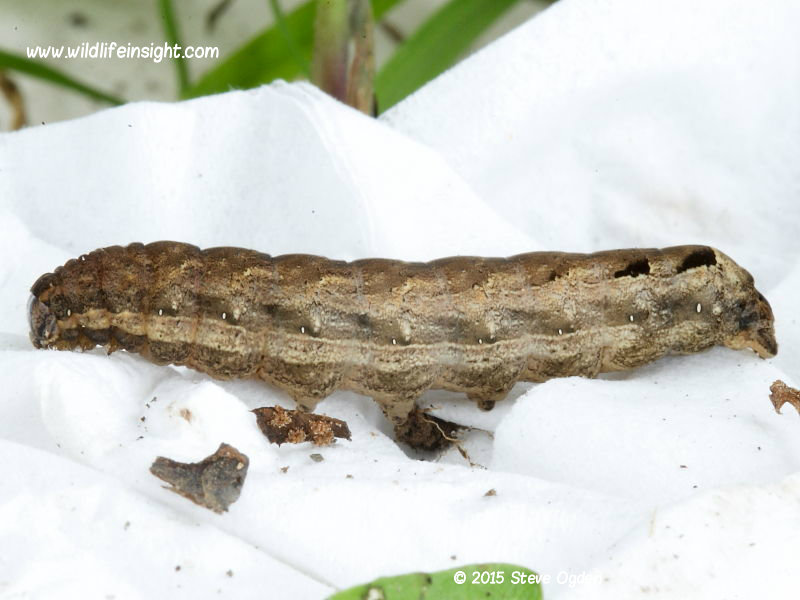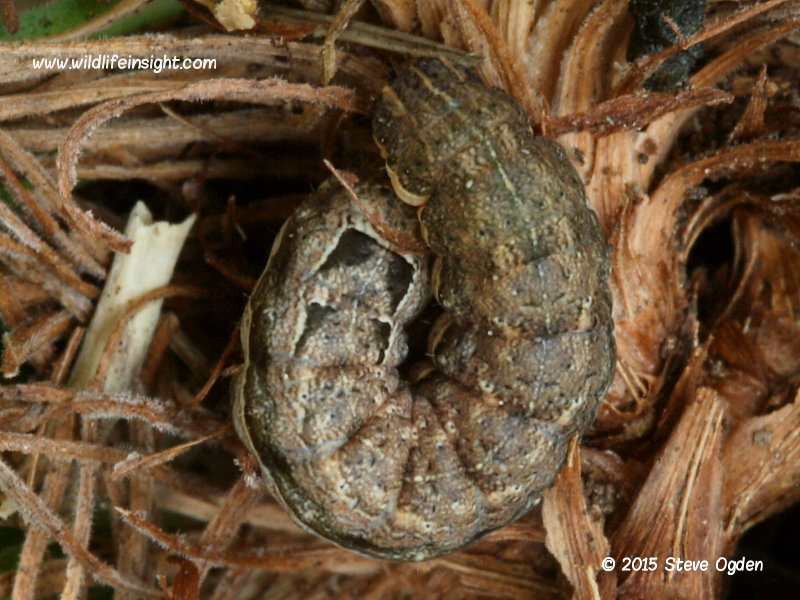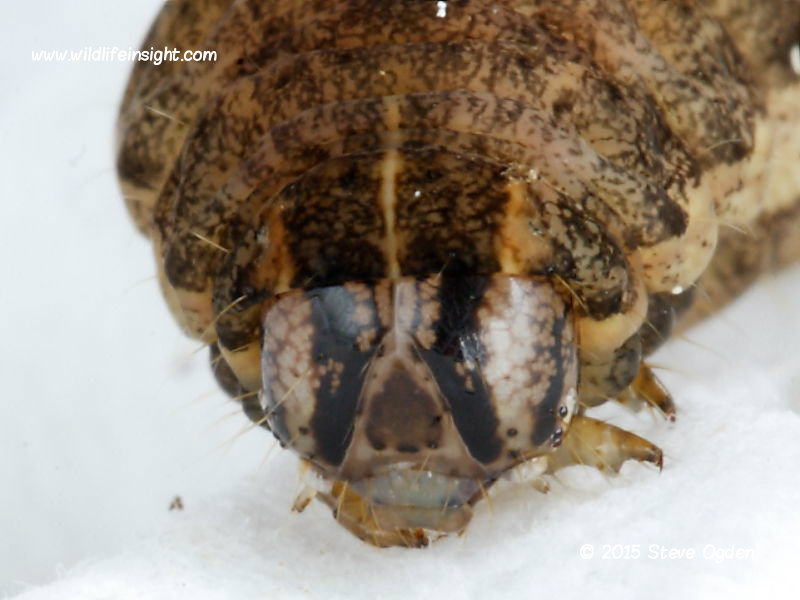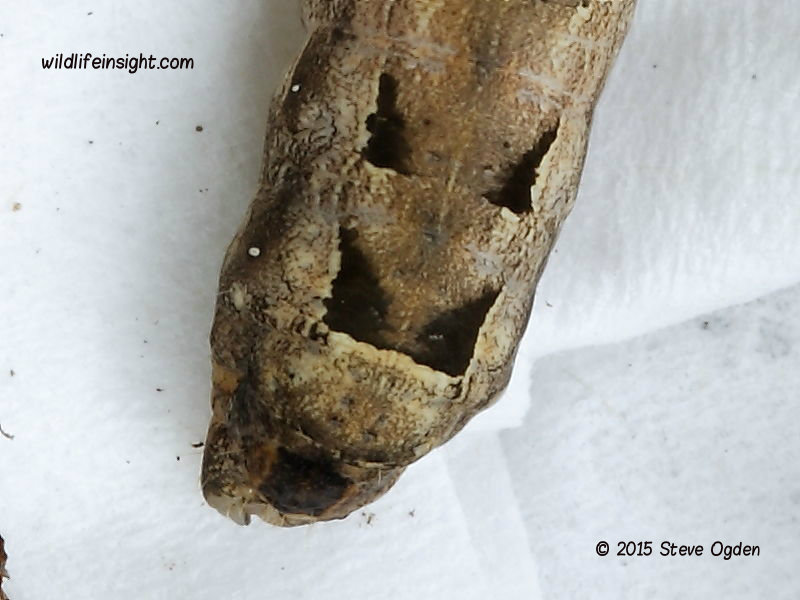Lesser Yellow Underwing Moth, Noctua comes.
The Lesser Yellow Underwing moth, Noctua comes, is a member of the large Noctuidae moth family.
The species can be commonly found throughout much of the British Isles and Europe.
It’s a nocturnal species that flies in a single generation from late May to September and may be found in a wide range of habitats including gardens, woodland and open countryside.
The Lesser Yellow Underwing moth has as a wingspan of about 40 mm.
The overall greyish brown forewings commonly have variations in both shading and in the intensity of black markings.
Images featured are of specimens attracted to light in various location in south west England.
In common with other Yellow Underwing species the hindwings are yellow with a black sub terminal band and are hidden when at rest.
Other common Yellow Underwing species include the Large Yellow Underwing, Broad-bordered Yellow Underwing, Lesser Broad-bordered Yellow Underwing and Least Yellow Underwing.
Scarcer species include Langmaid’s Yellow Underwing and Lunar Yellow Underwing.
Lesser Yellow Underwing caterpillar, Noctua comes
The caterpillars (larvae) are up to 45mm in length.
After hatching in the Summer and early Autumn they overwinter when still small.
The nocturnal feeding caterpillars feed on a wide range of low growing herbaceous plants and in the spring may also be found feeding in small deciduous trees such as Blackthorn and Hawthorn.
Two black wedges dorsally on the last two segments are useful identifying features.
The image is of a fully grown, 40 mm long, Lesser Yellow Underwing caterpillar found amongst the roots and lower leaves of thrift at a coastal site in South West Cornwall in early April.
Other caterpillars can be seen in the caterpillar galleries.
Rearing the Lesser Yellow Underwing caterpillar
The overwintered caterpillars of the Lesser Yellow Underwing moth are frequently found in gardens.
At this stage they are easy to rear and will feed on a wide range of herbaceous plants commonly found in most gardens.
The one featured was reared on dock leaves.
The fully grown caterpillars pupate readily in a thin layer of soil.
The adult moths emerge within 3-6 weeks depending on temperature.
Recommended reference books
The Colour Identification Guide to Caterpillars of the British Isles – Jim Porter.
Field Guide to the Moths of Great Britain and Ireland – Waring, Townsend and Lewington.
Moths of the British Isles – Bernard Skinnner.
The Provisional Atlas of UK’s Larger moths -Randle, Fox and Parsons
